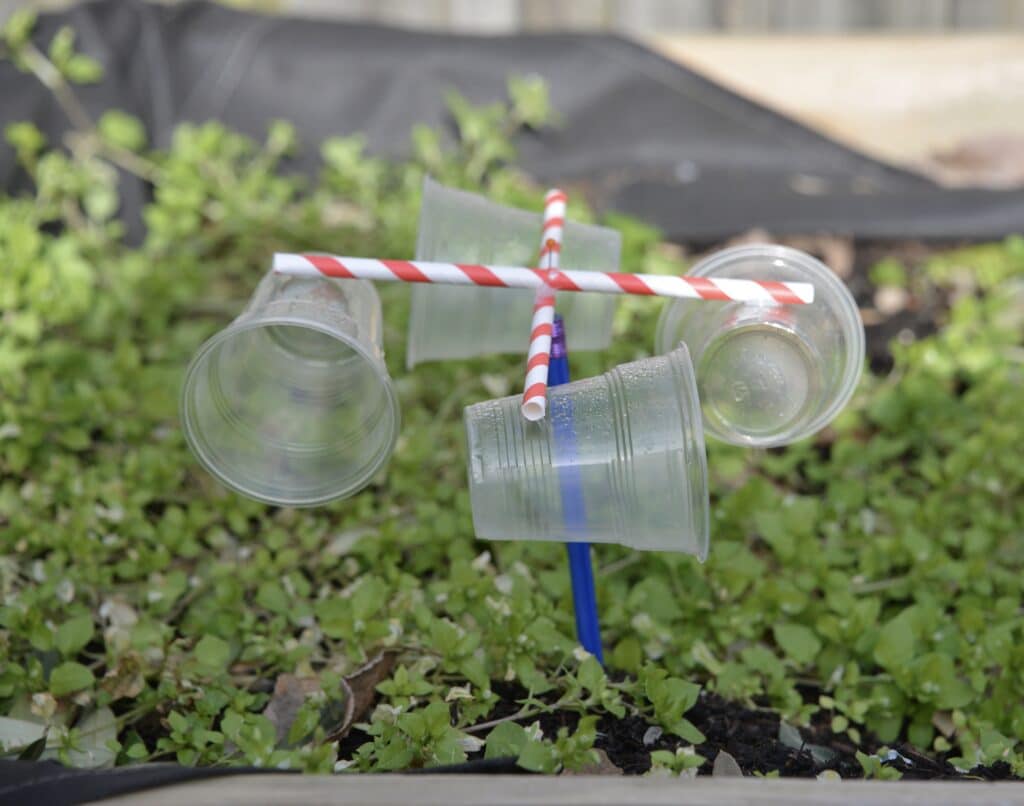Discovering the Functions and Benefits of Anemometers for Weather Fanatics and Specialists
From cup anemometers to sonic anemometers, each kind brings its special collection of applications and benefits, dropping light on different elements of atmospheric conditions. As we dig into the functions and benefits of anemometers, a much deeper understanding arises not just of dominating climate sensations yet likewise of the wider implications for sectors like wind energy production and ecological research study.
Value of Anemometers in Weather Condition Tracking
Anemometers play a critical duty in climate monitoring by supplying exact dimensions of wind speed, aiding in projecting and understanding weather condition patterns. These tools, varying from conventional cup anemometers to contemporary ultrasonic anemometers, are essential for meteorologists, researchers, and weather lovers alike.

Sorts Of Anemometers and Their Applications
With the important duty anemometers play in weather condition monitoring and forecasting, comprehending the various sorts of these instruments and their applications becomes important for professionals and enthusiasts in the area. One of the most typical types of anemometers consist of cup anemometers, vane anemometers, hot-wire anemometers, and ultrasonic anemometers. Cup anemometers contain 3 or four cups placed on straight arms that turn with the wind, measuring its rate. Vane anemometers, on the various other hand, utilize an easily revolving vane to line up with the wind direction, giving both wind rate and direction dimensions. Hot-wire anemometers operate based on the concept of convective warm transfer, where the cooling effect of the air circulation is determined to determine wind rate. Ultrasonic anemometers utilize ultrasonic acoustic wave to compute wind speed and instructions precisely.
Each sort of anemometer has its one-of-a-kind advantages and applications. Mug anemometers are robust and ideal for basic weather condition surveillance, while vane anemometers are favored for directional dimensions. Hot-wire anemometers are sensitive to reduced air rates, making them suitable for indoor atmospheres. Ultrasonic anemometers are non-intrusive and supply high precision, usually utilized in study and specialized climate surveillance applications. Comprehending the attributes and applications of each kind of anemometer is vital for picking the most ideal tool for certain weather condition keeping an eye on demands.
Benefits of Making Use Of Anemometers in Projecting
In weather forecasting, the use of anemometers offers invaluable benefits for boosting the precision of weather forecasting. Anemometers measure wind rate and direction, offering important data for anticipating climate patterns. By incorporating wind data into projecting models, meteorologists can better recognize the motion of weather condition systems, prepare for changes in weather, and problem extra precise forecasts.
In addition, anemometers play an essential role in evaluating prospective weather condition threats. Keeping an eye on wind rates assists forecasters predict severe weather condition occasions such as cyclones, tornadoes, and winter months tornados with better accuracy. This very early warning system allows authorities to provide timely informs and execute required precaution, lowering the threats to life and property.
Additionally, anemometers aid in maximizing renewable resource production. By assessing wind patterns, meteorologists can recognize suitable places for wind farms and predict energy result, contributing to the effective generation of wind power.

Anemometers in Wind Energy Production
Offered the essential function anemometers play in offering accurate wind information for weather projecting and threat assessment, their importance reaches the world of wind power manufacturing. Anemometers are important instruments in the field of wind power, where the measurement of wind rate and direction is critical for determining the expediency and effectiveness of wind generator setups. By accurately measuring wind rates at differing heights, anemometers help maximize the positioning and layout of wind generators to maximize power outcome.
In wind ranches, anemometers are purposefully positioned to collect real-time wind data that is used to assess the prospective energy manufacturing of a site. This information is critical in figuring out the economic stability of wind power jobs and in projecting power generation to ensure grid stability. Additionally, anemometers help in keeping an eye on wind problems to optimize turbine efficiency, stop damages from high winds, and guarantee the safety and security of personnel operating in the area of read this post here wind turbines.
Enhancing Climate Recognizing With Anemometers

Anemometers play a crucial function in boosting our understanding of microclimates. These local weather condition conditions can vary considerably from more comprehensive local projections, making it necessary to have precise information for particular areas. anemometer. By strategically putting anemometers in numerous areas, scientists can gather comprehensive info on just how wind behaves in different terrains, city atmospheres, or bodies of water
Furthermore, anemometers add to improving climate projecting models by giving real-time information on wind behavior. This information is particularly useful for predicting serious weather condition occasions, optimizing agricultural techniques, and supporting sectors like air travel and maritime navigating. Generally, anemometers are vital instruments that allow us to dive deeper into the intricacies of weather systems, eventually resulting in more accurate predictions and better-informed choices.
Final Thought
In conclusion, anemometers play a crucial function in weather condition monitoring and forecasting by measuring wind speed and instructions. They are important devices made use of by climate enthusiasts and experts to collect accurate information for forecasting weather patterns and analyzing prospective effects. Anemometers likewise have applications in wind power production, additional highlighting their significance in both weather forecasting and renewable resource sectors. Overall, anemometers add to boosting our understanding of weather condition sensations and boosting projecting abilities. anemometer.
From mug anemometers to sonic anemometers, each kind brings its distinct set of applications and benefits, losing light on numerous aspects of atmospheric conditions. These instruments, varying from typical mug anemometers to modern-day ultrasonic anemometers, are important here for meteorologists, researchers, and weather condition lovers alike. The most usual kinds of anemometers consist of mug anemometers, vane anemometers, hot-wire anemometers, and ultrasonic anemometers. Mug anemometers are ideal and durable for basic climate surveillance, while vane anemometers are preferred for directional dimensions. Anemometers are essential instruments in the field of wind power, where the dimension of wind rate and direction is vital for establishing the usefulness and performance of wind turbine installations.